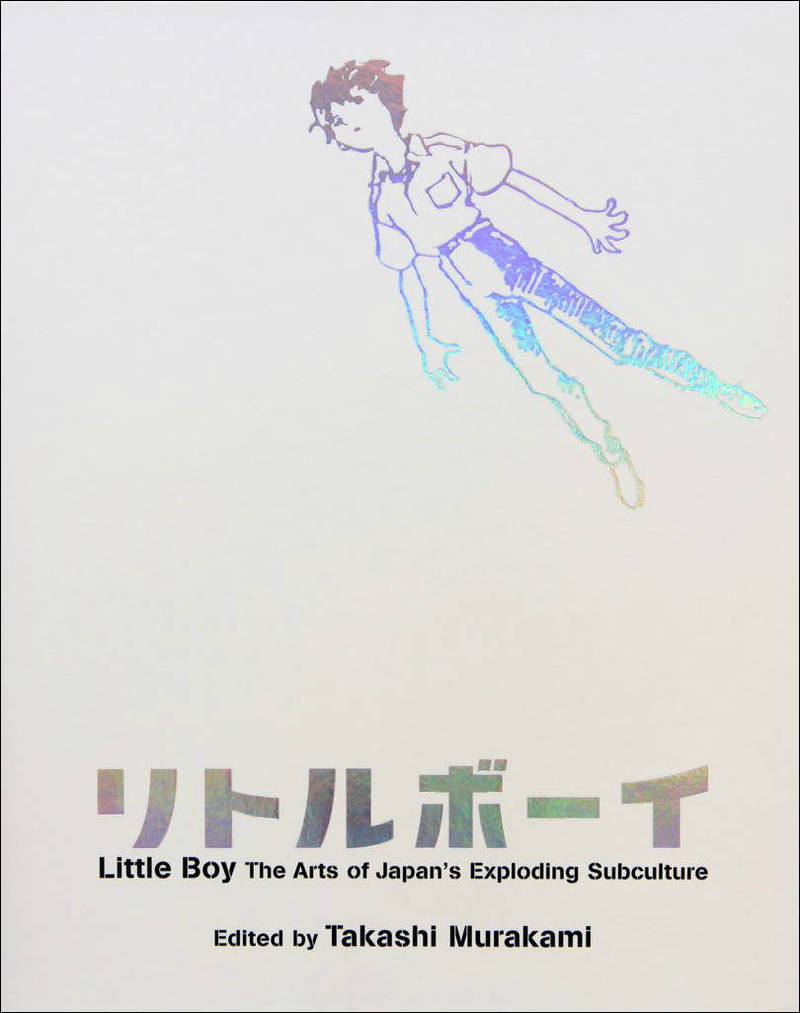Little Boy examines the culture of postwar Japan through its arts and popular visual media. Focusing on the youth-driven phenomenon of otaku (roughly translated as “geek culture” or “pop cult fanaticism”), Takashi Murakami and a notable group of contributors explore the complex historical influences that shape Japanese contemporary art and its distinct graphic languages. The book’s title, Little Boy, is a reference to the atomic bomb dropped on Hiroshima in 1945, thus clearly locating the birth of these new cultural forms in the trauma and generational aftershock of the atomic bomb. This generously illustrated book showcases the work of key otaku artists and designers, many of whom are cult celebrities in Japan, and discusses their feature film and video animations, video games and internet sites, music, toys, fashion, and more. In the process, the following questions are posed: What is otaku, and what does it tell us about contemporary social, economic, and cultural life in Japan and throughout the world? How is it related to the pervasive and curious fixation on “cuteness” evident in Japanese popular culture? What impact did the atomic devastation of World War II have on the development of Japanese art and culture? This brilliantly designed, bilingual (English and Japanese) publication examines these themes to explore how contemporary Japanese art has become inseparable from the subcultural realms of manga and anime (Japanese animation) — a world where meticulous technique, apocalyptic imagery, and high and low cultures meet. Little Boy concludes Murakami’s “Superflat” trilogy, a project conceived in 2000 to introduce a new wave of Japanese artists and to place their work in the historical context of traditional styles and concepts. Catalog of an exhibition held at the Japan Society Gallery, New York and venues throughout New York City, April 8-July 24, 2005.
- / Article author
- / Article author
- / Article author
- / Article author
